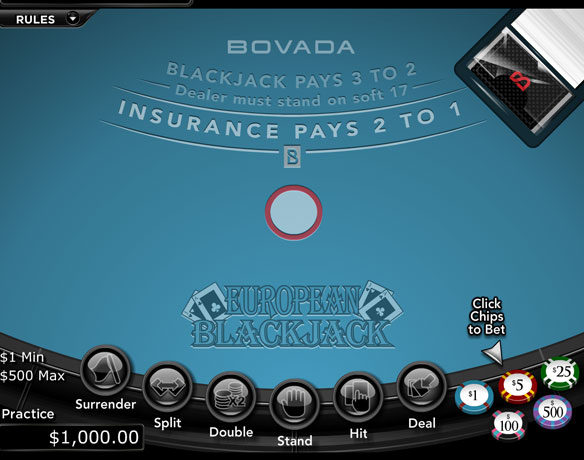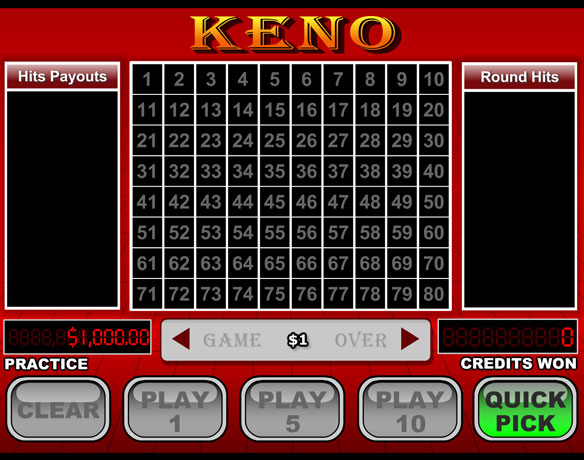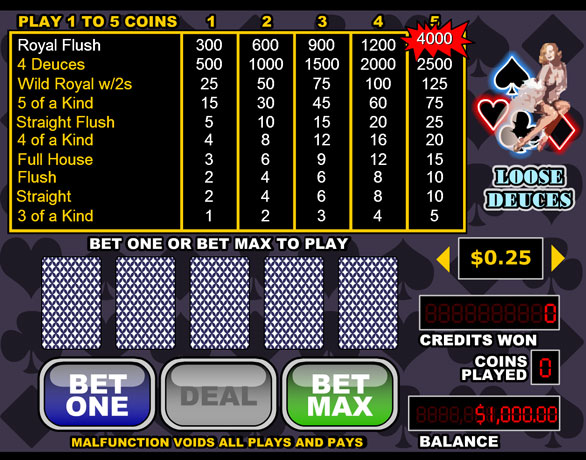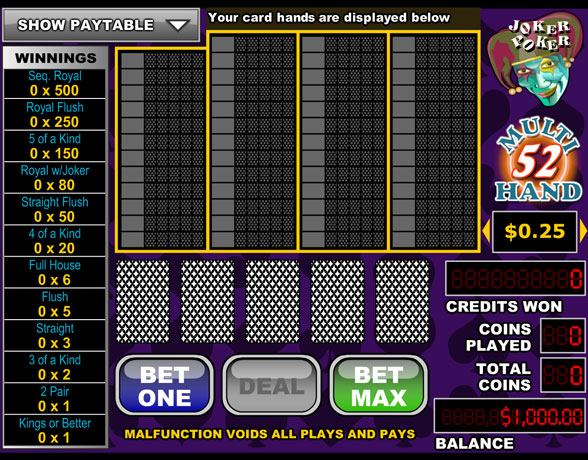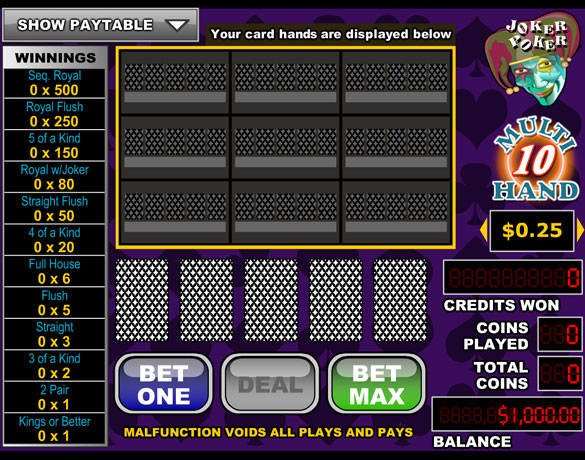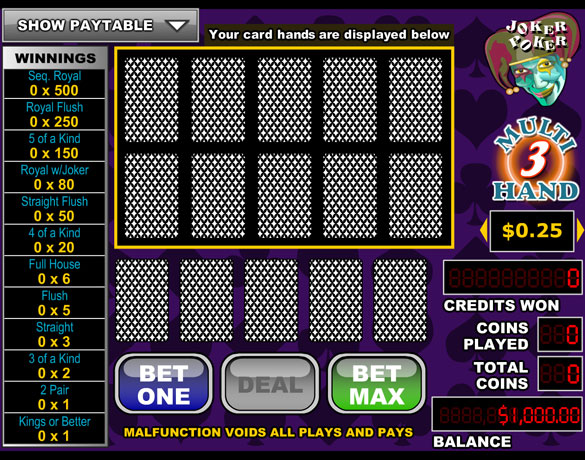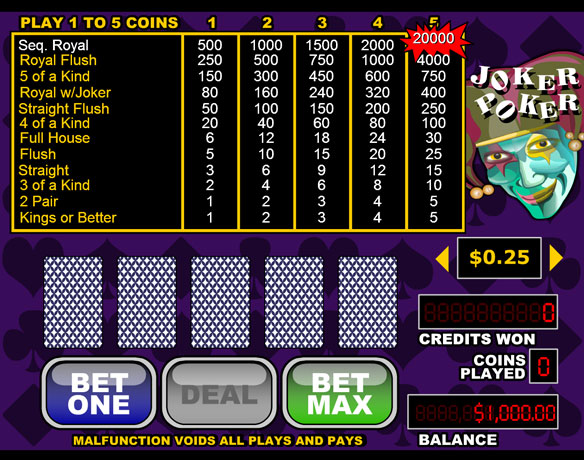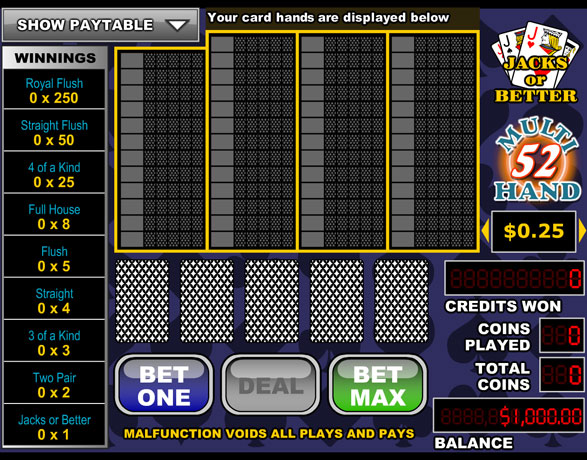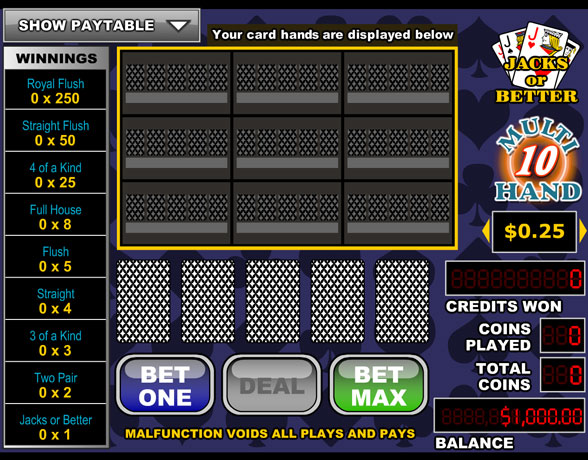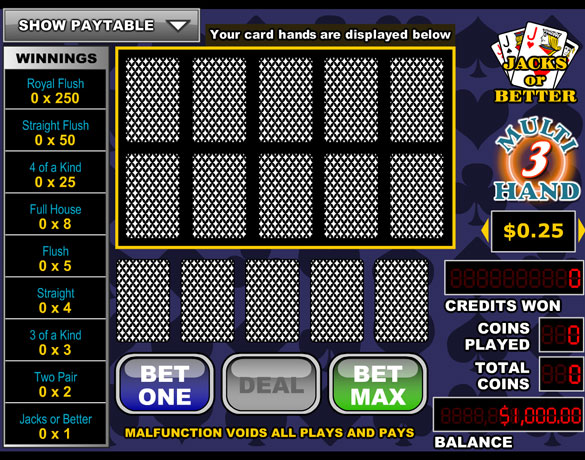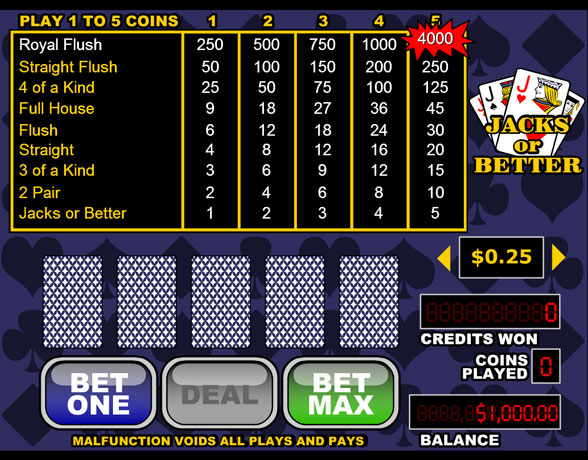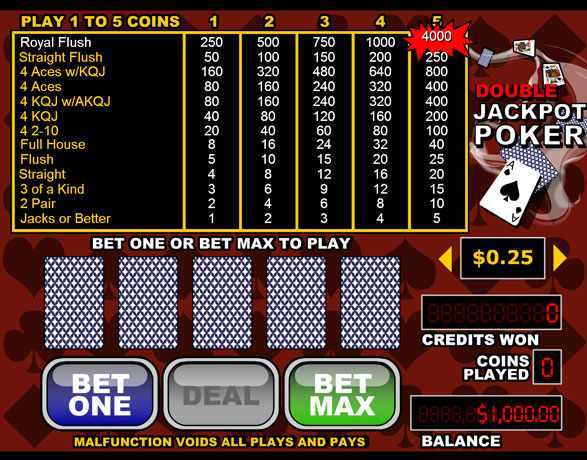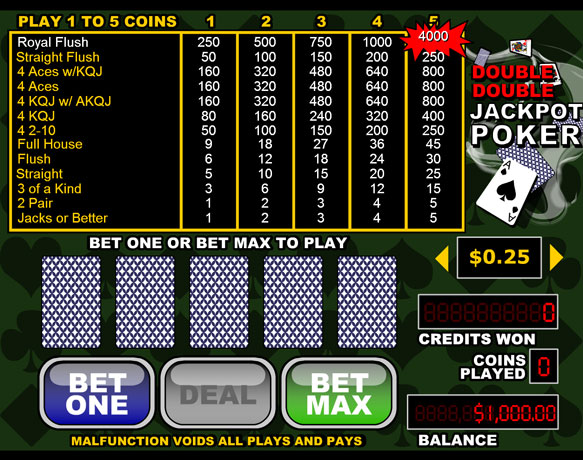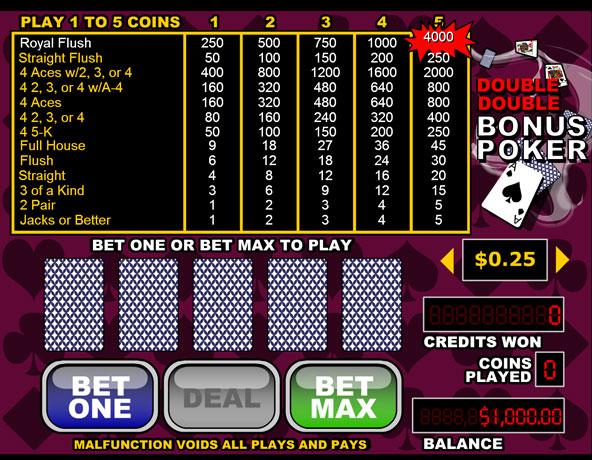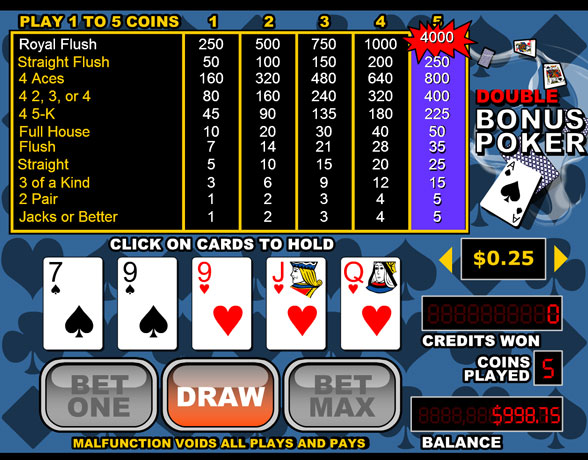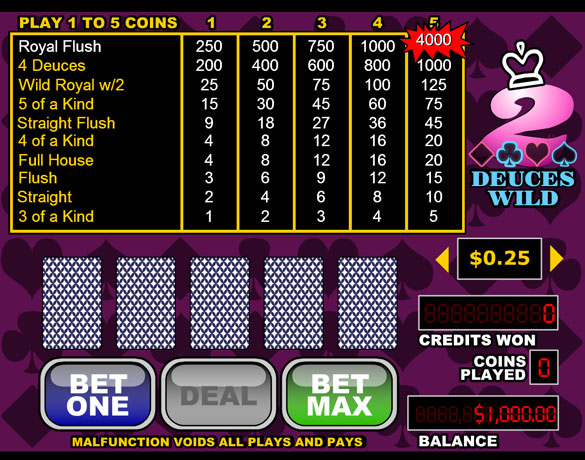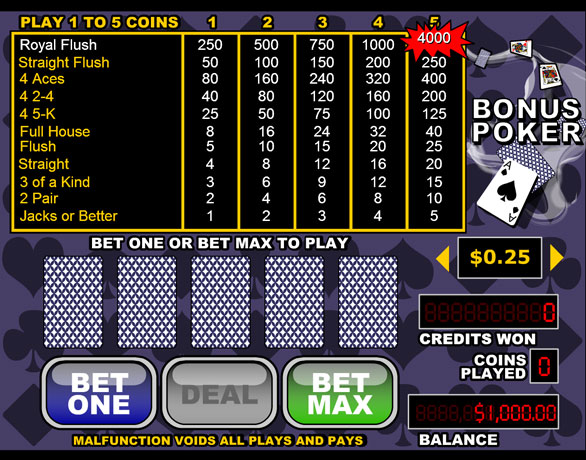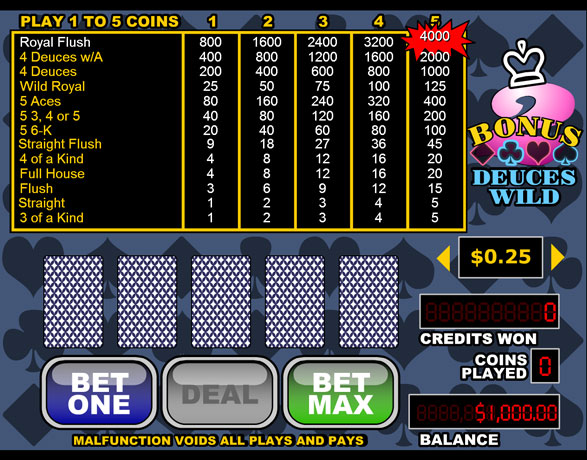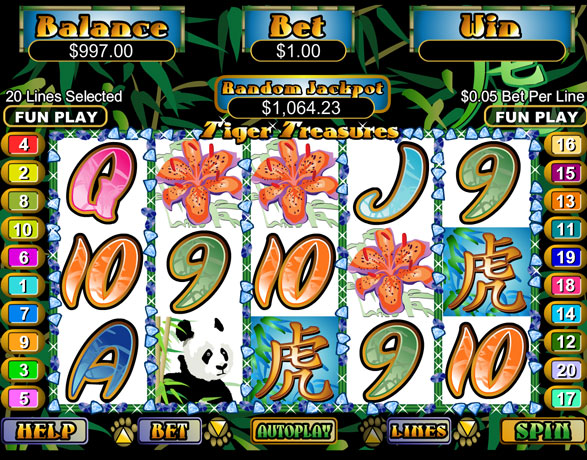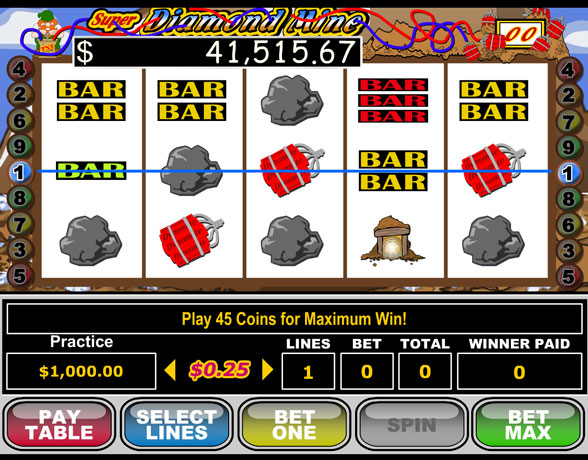Leave it to the Japanese to combine the love of gambling with the amusement of gaming. Pachinko is a Japanese gaming device used for amusement and gambling. A pachinko machine resembles a vertical pinball machine, but with no flippers and a large number of relatively small balls. The player fires a ball up into the machine, controlling only its initial speed. The ball then cascades down through a dense forest of pins. In most cases, the ball falls to the bottom and is lost, but if it instead goes into certain pockets, more balls are released as a jackpot. Pachinko machines were originally strictly mechanical, but modern ones have incorporated extensive electronics, becoming similar to video slot machines, and referred to as Pachislo.
The winnings are in the form of more balls, which the player may either use to keep playing, or exchange for tokens or prizes such as pens or cigarette lighters. Under Japanese law, cash cannot be paid out, but there is virtually always a small exchange centre located nearby (or sometimes in a separate room from the game parlour itself) where players can conveniently exchange tokens or prizes for cash. Such pseudo-cash gambling is theoretically illegal, but from the sheer number of pachinko parlours in Japan, it is clear that the activity is at least tacitly tolerated by the authorities. (In fact, no pachinko parlour without a cash payout window has ever been documented.)
Pachinko parlours share the reputation of slot machine dens and casinos the world over -garish decoration, over-the-top architecture, the smell of tobacco, the constant din of the machines, and players entranced for hours in their games.

